Martin Fabian
Hazard Analysis of Collaborative Automation Systems: A Two-layer Approach based on Supervisory Control and Simulation
Sep 26, 2022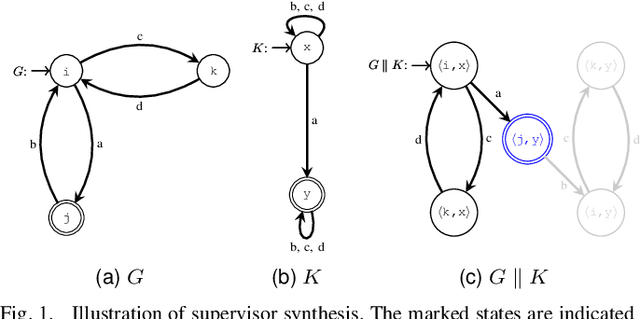
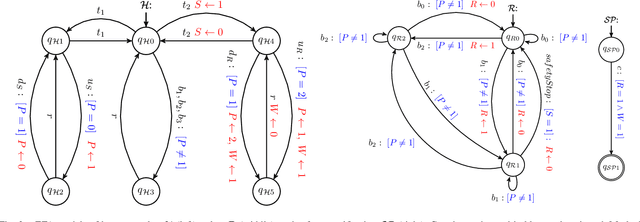
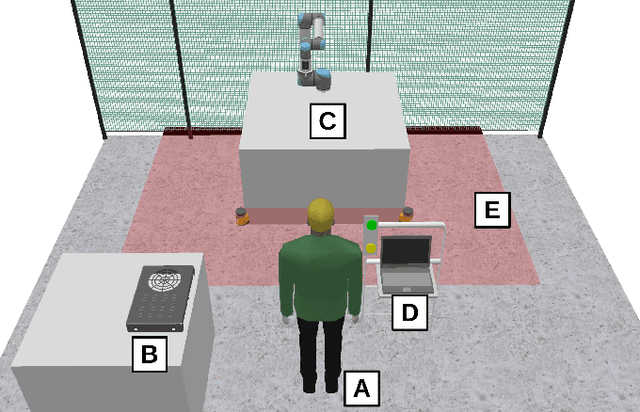
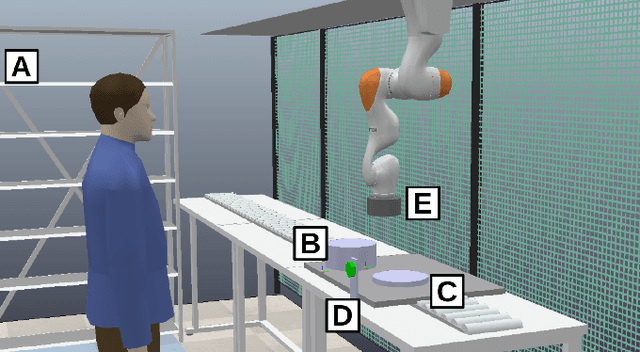
Abstract:Safety critical systems are typically subjected to hazard analysis before commissioning to identify and analyse potentially hazardous system states that may arise during operation. Currently, hazard analysis is mainly based on human reasoning, past experiences, and simple tools such as checklists and spreadsheets. Increasing system complexity makes such approaches decreasingly suitable. Furthermore, testing-based hazard analysis is often not suitable due to high costs or dangers of physical faults. A remedy for this are model-based hazard analysis methods, which either rely on formal models or on simulation models, each with their own benefits and drawbacks. This paper proposes a two-layer approach that combines the benefits of exhaustive analysis using formal methods with detailed analysis using simulation. Unsafe behaviours that lead to unsafe states are first synthesised from a formal model of the system using Supervisory Control Theory. The result is then input to the simulation where detailed analyses using domain-specific risk metrics are performed. Though the presented approach is generally applicable, this paper demonstrates the benefits of the approach on an industrial human-robot collaboration system.
An SMT Based Compositional Algorithm to Solve a Conflict-Free Electric Vehicle Routing Problem
Jun 30, 2021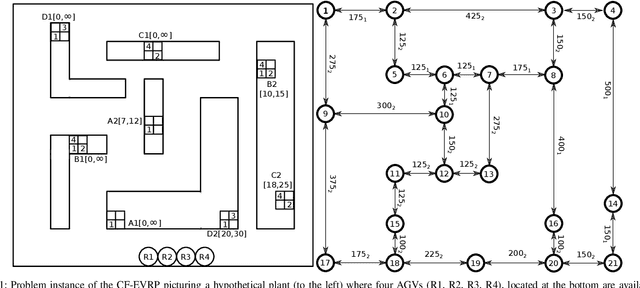
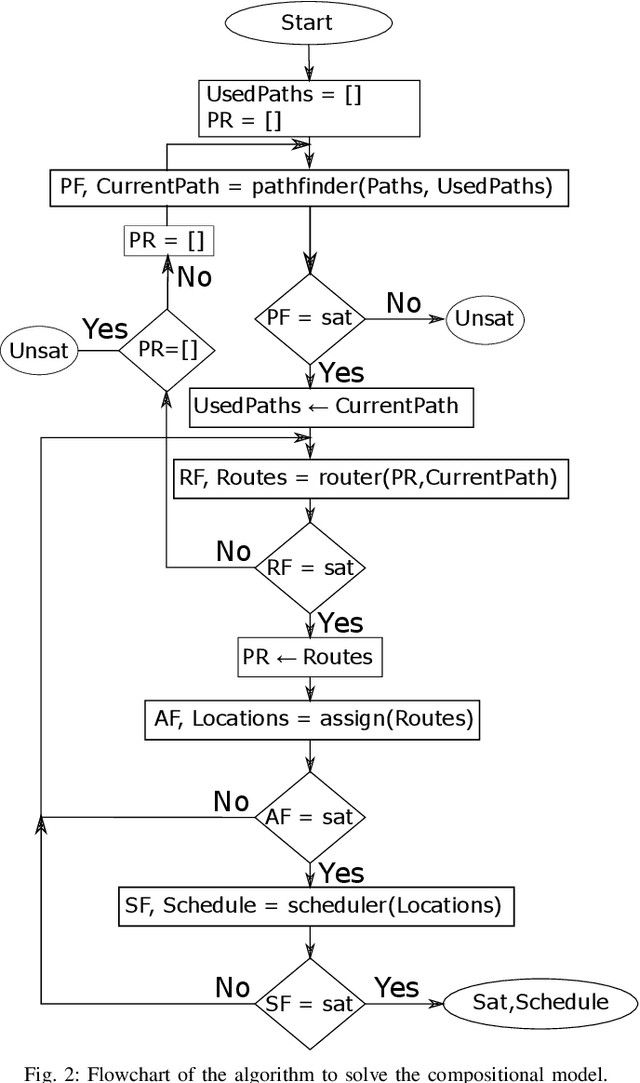
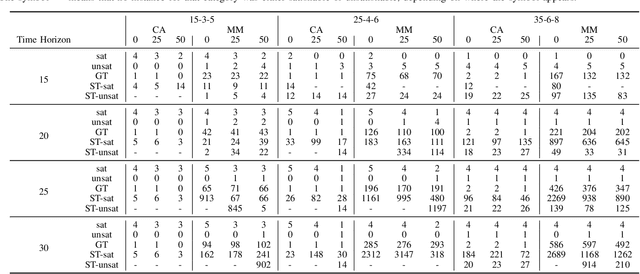
Abstract:The Vehicle Routing Problem (VRP) is the combinatorial optimization problem of designing routes for vehicles to visit customers in such a fashion that a cost function, typically the number of vehicles, or the total travelled distance is minimized. The problem finds applications in industrial scenarios, for example where Automated Guided Vehicles run through the plant to deliver components from the warehouse. This specific problem, henceforth called the Electric Conflict-Free Vehicle Routing Problem (CF-EVRP), involves constraints such as limited operating range of the vehicles, time windows on the delivery to the customers, and limited capacity on the number of vehicles the road segments can accommodate at the same time. Such a complex system results in a large model that cannot easily be solved to optimality in reasonable time. We therefore developed a compositional model that breaks down the problem into smaller and simpler sub-problems and provides sub-optimal, feasible solutions to the original problem. The algorithm exploits the strengths of SMT solvers, which proved in our previous work to be an efficient approach to deal with scheduling problems. Compared to a monolithic model for the CF-EVRP, written in the SMT standard language and solved using a state-of-the-art SMT solver the compositional model was found to be significantly faster.
 Add to Chrome
Add to Chrome Add to Firefox
Add to Firefox Add to Edge
Add to Edge